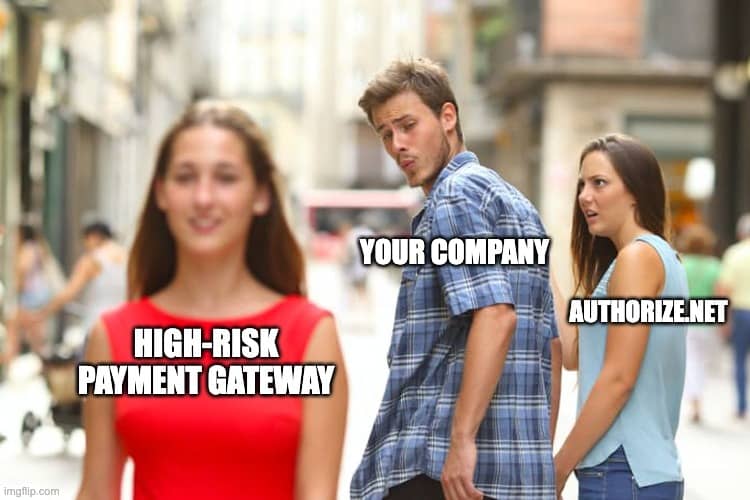How to Reduce Your Credit Card Processing Fees

Credit card processing fees can do a real number on your monthly expenses as a small or mid-sized business owner. The more credit card transactions you run in a month, the higher those fees can go. And that’s just the straightforward fees.
Some credit card processing services have a wide range of hidden fees they charge that add up quickly for your business. That doesn’t mean your hands are tied. There are things you can do that will help to reduce the fees associated with credit card processing, like those discussed below.
Avoid Downgrade Interchange Rates
While it might sound like a good thing to downgrade rates you’re charged for credit card processing, in this instance it’s a bad thing for you. Essentially, this doesn’t mean your rates are being downgraded. What it means instead, is that you’re essentially paying a surcharge in addition to the “qualified discount rate.”
When you hear conversations about hidden fees, these surcharges are what they’re talking about. Unfortunately, there aren’t any standards on what these “downgrade fees” should be called or how they can be applied.
These fees typically account for an additional fee of one to three percent per transaction above the qualified processing rate and it is estimated that more than 50 percent of credit card payment processing plans set up on a tier pricing model experience downgrade fees.
Not all Downgrade Fees are Created Equal
Some merchant services providers or payment processors have established standards that determine whether you pay additional fees or not. Some of the criteria that may qualify your account for downgrade fees include failing to meet specific requirements credit card companies establish or paying fines for not including relevant information at the time of the transaction.
That means there are things you can do, with some payment processors, to avoid these added fees, such as:
Collect More Data at Time of Transaction
One thing you can do is discuss your concerns with your merchant service provider and ask what kind of data you can collect to help reduce your rate. One thing you can do with CP (card present) and CNP (card not present) transactions is collect the CVV or CVC code from the back of the credit card. Or, you could get the cardholder’s address.
Use an Address Verification System (AVS) for Credit Cards
Some credit card companies, like Visa, offer incentives to businesses who use AVS systems to verify addresses for CNP transactions. Others may soon join in the effort to reduce fraud with this one extra step to verify cardholder identity and authenticate the purchase.
Settle Transactions Quickly
Some retail organizations don’t “batch out” quickly enough for credit card company preferences. Most credit card companies prefer businesses to resolve batches within 24 hours of the transaction. To encourage this practice, they impose higher interchange level fees to businesses that cross the 24-hour threshold.
Send Identifying Information for Transactions
Identify your company on the credit card statement, especially with CNP transactions. Your company name or website URL can make all the difference in the world when it comes to reducing chargebacks. Most credit card companies will downgrade interchange rates if this information is missing.
Include Transaction-Specific Information
B2B organizations that process corporate transactions can qualify for level two or three rates if they provide the right information, such as:
- Discount amounts
- Tax amounts
- Tax indicators and tax identification numbers
- Freight/shipping amounts
- Product codes and quantity purchased
- Discount per line item
- Unit of costs
- Item descriptors
- Item commodity codes
Among other information. Each credit card company has its own list of qualifying fields and you may need to include them all in order to qualify for the discount.
Don’t Enter Credit Card Details Manually
Swiping is a better option than manually entering the information. Using your chip reader is an even better choice. Since chips provide extra security and validating information, they can also help you reduce your interchange rates when you use them for transactions.
These are all small steps that can have huge effects on your interchange rates and how much you ultimately pay credit card companies and payment processors for your transactions. The better you understand them and put them to work for you, the more money you can save.
Zenti Services is here to help in any way possible when you have questions about interchange rates, downgrade fees, and other fees that affect your credit card payment processing costs. Contact us today to learn more about our transparent pricing, free equipment, and monthly agreements without long-term contracts.
Read Next

Find out whether Authorize.Net works for high risk merchants, what restrictions you might face and how to get approved.

Get expert advice on selling CBD products on Shopify, including compliance tips and setting up secure payment options.

Find out why Square may deactivate merchant accounts and steps to resolve issues and maintain uninterrupted payment services.
Need a High-Risk Merchant Account?
Disruption-free payment processing at the best price for your situation, guaranteed.
Get Free Guidance Now!